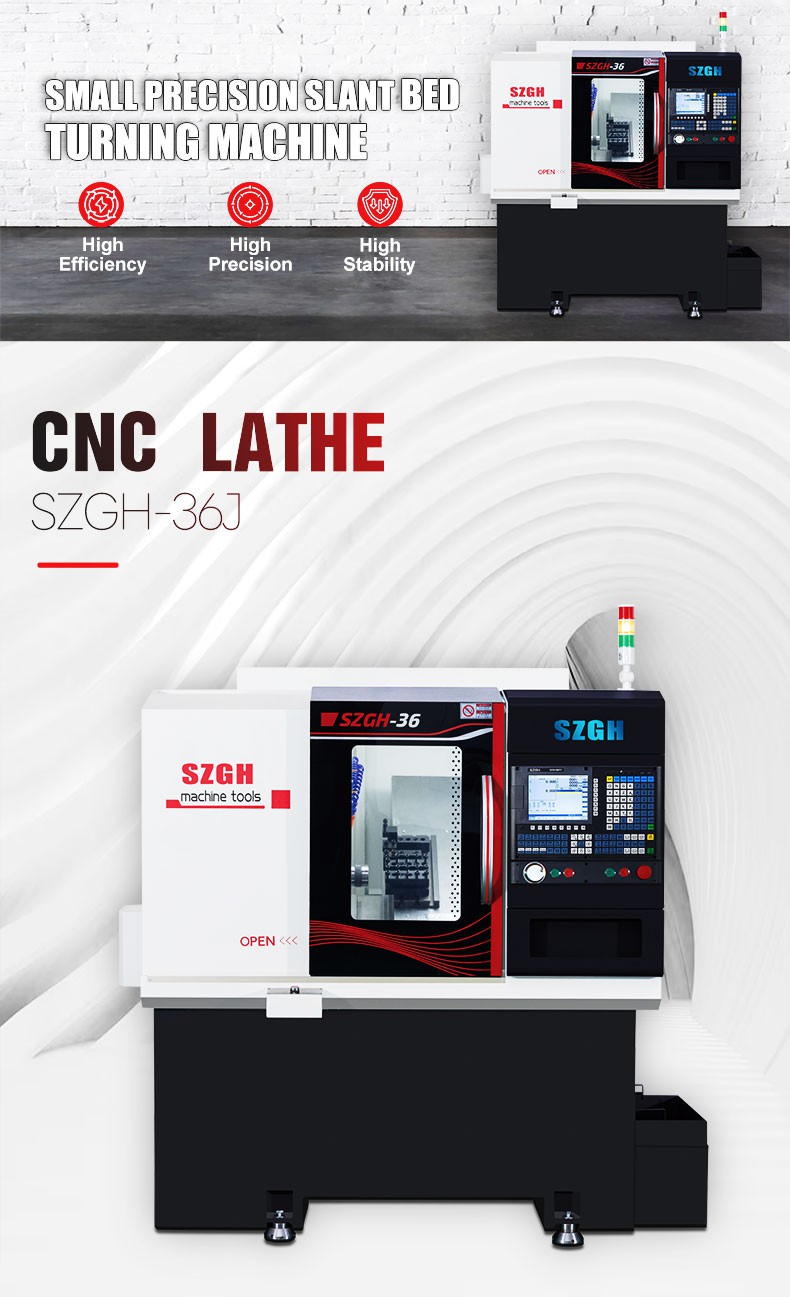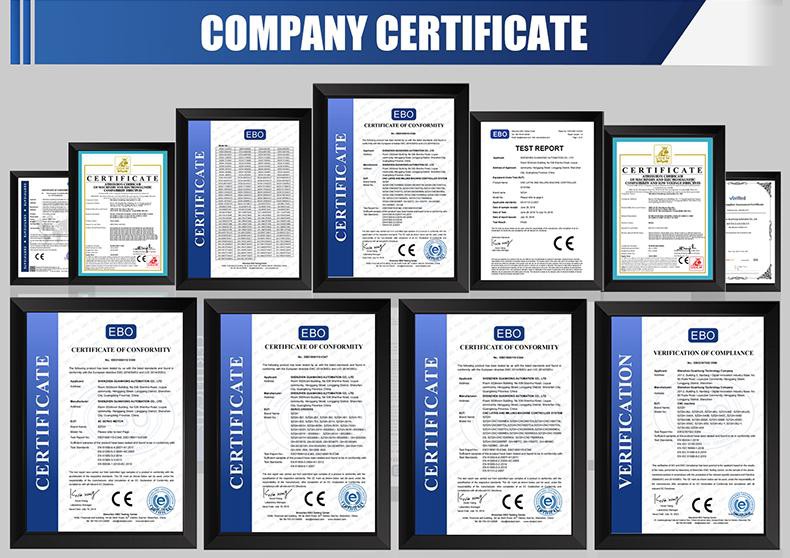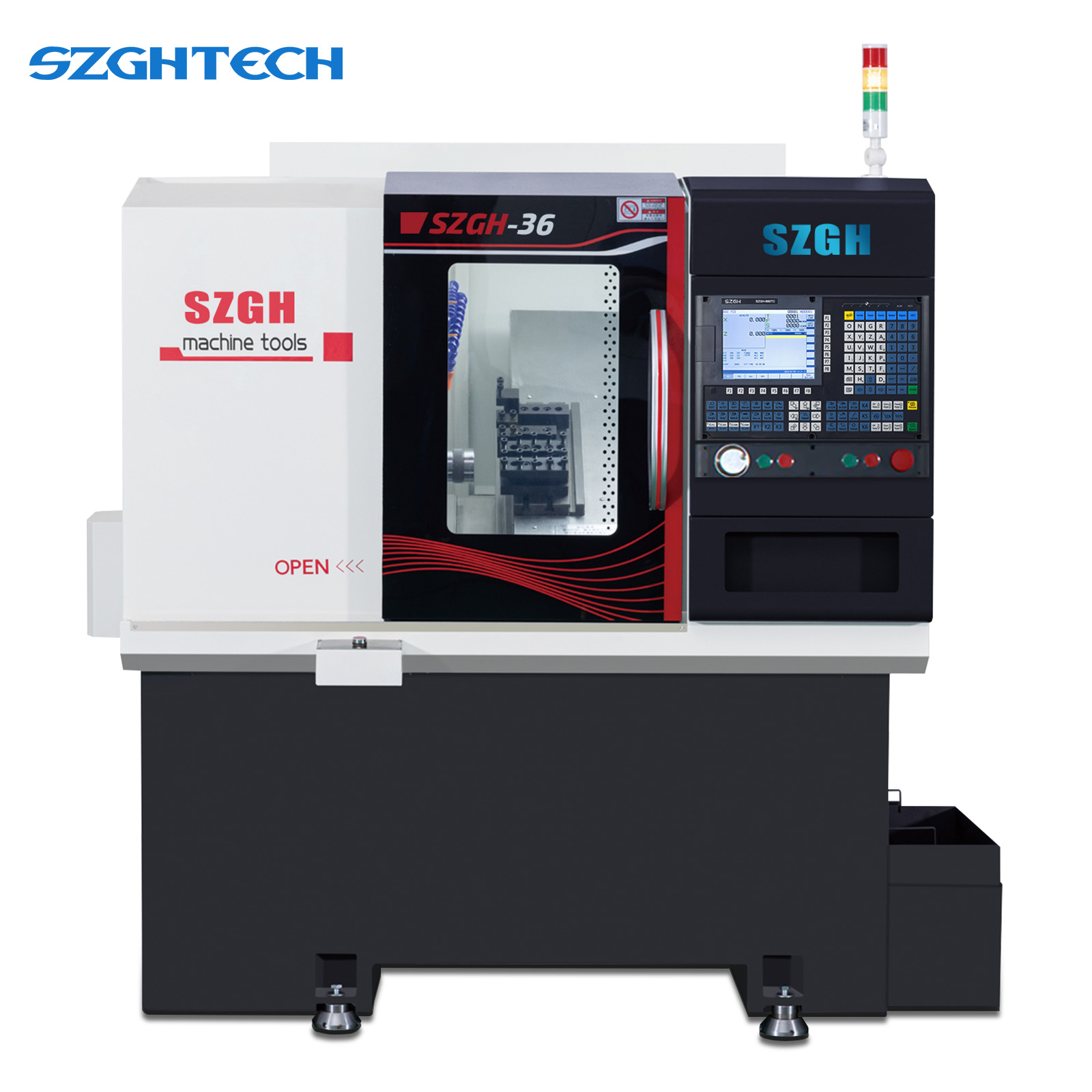Main features
High rigidity design: The 36J lathe adopts advanced cast iron bed structure to ensure that the machine has extremely high rigidity and stability, and is suitable for long-term high-intensity work.
Precision machining: Equipped with high-precision spindle and high-rigidity tool holder to ensure machining accuracy and good surface finish.
Efficient cutting: Adopt advanced feed system and cutting power system to achieve efficient material removal rate and low tool wear.
Multi-function tool system: Supports a variety of tools and accessories to meet diversified processing needs, such as external turning, internal hole turning, thread turning, etc.
Easy operation: Equipped with a user-friendly operation interface, it is easy for operators to get started quickly and reduce learning costs.








